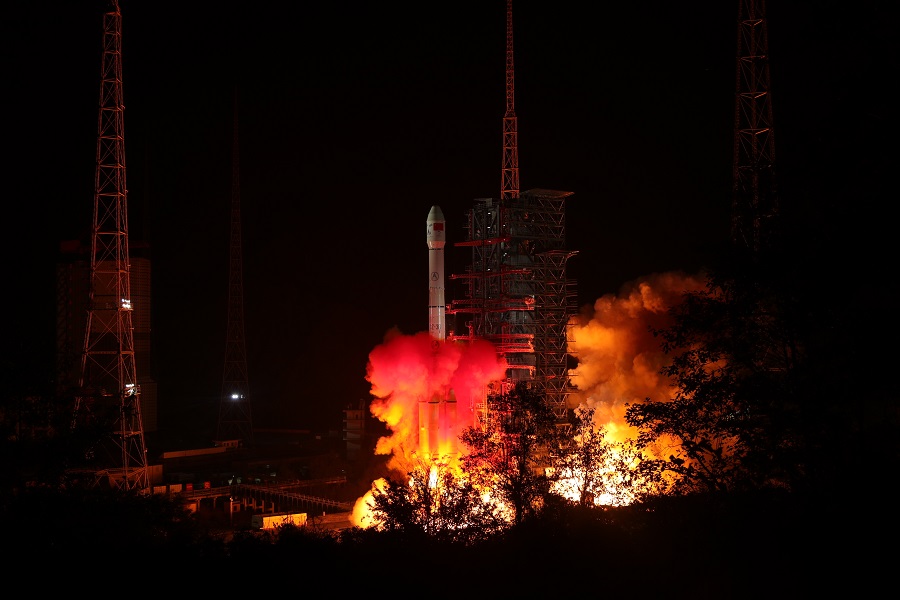Chinese module to study moon's far side


Though the far side has been extensively photographed by spacecraft, starting with a Soviet probe in 1959, no probe had ever made a soft-landing on it so scientists around the world have yet to be able to conduct close observations and surveys of it.
The program's scientific tasks are to perform low-frequency astronomical observations, to investigate landscapes, mineral compositions and geological structures of the landing site, and to conduct lunar environmental research on elements such as neutron radiation and neutral atoms, the administration explained.
The Chang'e 4 mission will enable scientists to discover what they haven't known about the moon. They also can take advantage of the far side's shield against Earth's interference to make clearer observations into deep space, scientists involved in the program noted.
Chang'e 4's rover has six wheels, two solar panels, a radar dish as well as multiple cameras, show pictures published by the China National Space Administration.
- Earthquakes can provide 'fuel' for subterranean life: study
- Shenyang zoo bears relish local chicken treat
- South China's Guangdong lowers typhoon alert as storm Wipha weakens
- Bold experiment transforms barren desert into green pasture in Xizang
- 2 dead, 9 injured in road accident in China's Kunming
- Gansu hospital under external management after falsifying lead test results





































